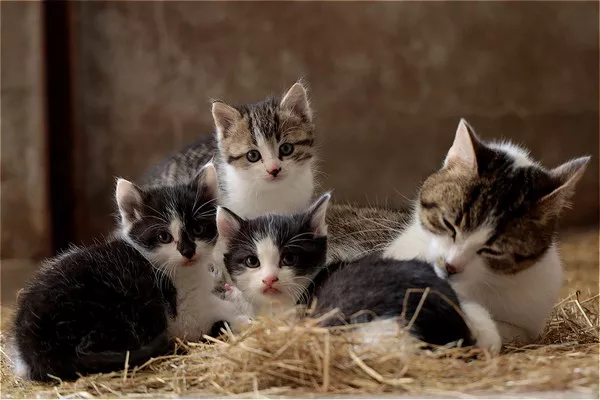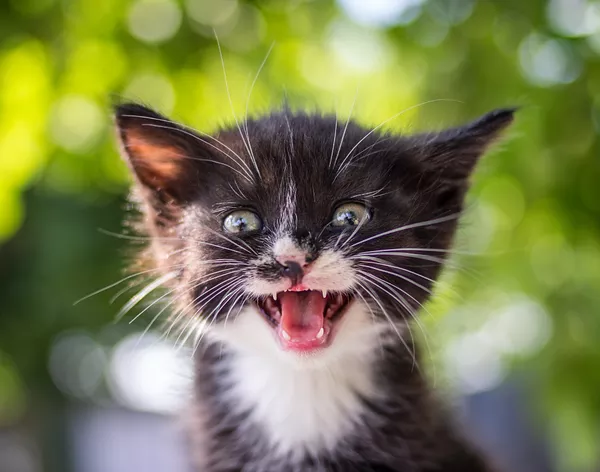Hairless cats, such as the Sphynx, Peterbald, and Donskoy, are unique and captivating feline breeds known for their striking appearance and friendly personalities. One common question that arises when it comes to caring for these exceptional cats is whether or not you have to bathe them. In this comprehensive guide, we will explore the grooming needs of hairless cats, the reasons for bathing them, and how to maintain their skin health effectively.
Understanding Hairless Cat Breeds
Before diving into the topic of bathing, let’s briefly understand the hairless cat breeds:
Sphynx Cat:
The Sphynx is perhaps the most recognized hairless cat breed, known for its wrinkled skin, large ears, and striking appearance. Despite their lack of fur, Sphynx cats are renowned for their affectionate and outgoing nature.
Donskoy (Don Sphynx):
Donskoy cats, also known as Don Sphynx, originate from Russia. They typically have a muscular build, almond-shaped eyes, and a sociable disposition.
Peterbald:
Peterbald cats, also from Russia, come in various coat types, including completely hairless, brush coat, and straight coat. They are known for their elegance and intelligence.
The Grooming Needs of Hairless Cats
Hairless cats, while lacking fur, still require regular grooming and maintenance. Their grooming needs primarily revolve around their skin, which is exposed and susceptible to specific issues:
Oil Production:
Hairless cats produce natural skin oils to keep their skin moisturized. However, without fur to absorb these oils, they can accumulate on the skin’s surface, leading to a greasy feel and potential skin problems.
Dirt and Debris:
Hairless cats are more prone to accumulating dirt and debris on their skin, which can lead to skin irritations and discomfort.
Sun Sensitivity:
Hairless cats have delicate, unprotected skin that is more susceptible to sunburn. It’s essential to limit their exposure to direct sunlight and provide UV-protective clothing or sunscreen when necessary.
Skin Folds:
Many hairless cats have loose skin folds, especially around their face and neck. These folds can trap moisture and become a breeding ground for bacteria if not properly cleaned and maintained.
Reasons for Bathing Hairless Cats
Bathing hairless cats is a crucial part of their grooming routine, and there are several reasons for it:
Oil and Grease Removal:
Regular baths help remove excess skin oils, reducing the greasy feel on the cat’s skin and preventing clogged pores.
Dirt and Debris Removal:
Bathing helps remove dirt, debris, and any potential allergens that can accumulate on the skin’s surface.
Skin Fold Cleaning:
Bathing allows for thorough cleaning of skin folds, which are prone to moisture buildup and bacterial growth.
Sunscreen Application:
Some hairless cats may require sunscreen to protect their sensitive skin when going outside. Bath time is an ideal opportunity to apply sunscreen, especially on sunny days.
How to Bathe Your Hairless Cat
Bathing a hairless cat requires care and attention to ensure their skin remains healthy and irritation-free. Here’s a step-by-step guide on how to bathe your hairless cat:
Gather Supplies:
Prepare all the necessary supplies before bringing your cat into the bathing area. You’ll need cat-friendly shampoo, a gentle washcloth or sponge, lukewarm water, and towels for drying.
Check Water Temperature:
Ensure the water is comfortably warm, as hairless cats are sensitive to temperature extremes. Test the water with your elbow to make sure it’s not too hot or too cold.
Wet the Cat Gradually:
Slowly wet your cat’s body with lukewarm water, starting from their back and avoiding their face. Cats may be apprehensive about water, so be gentle and patient.
Apply Shampoo:
Use a cat-specific shampoo that is mild and hypoallergenic. Gently lather the shampoo onto your cat’s skin, taking care to avoid their eyes, ears, and mouth.
Rinse Thoroughly:
Rinse your cat’s skin thoroughly with lukewarm water, ensuring that all shampoo residue is removed.
Pat Dry:
Use a clean towel to pat your cat dry gently. Be careful not to rub their sensitive skin vigorously.
Skin Fold Care:
Pay special attention to cleaning and drying any skin folds. You can use a clean, damp washcloth for this purpose.
Sun Protection:
If your cat will be exposed to sunlight, apply a pet-safe sunscreen to their skin as directed by your veterinarian.
Positive Reinforcement:
Reward your cat with treats and praise after the bath to create a positive association with the experience.
Frequency of Baths
The frequency of baths for hairless cats can vary depending on individual needs and lifestyle factors. Some hairless cats may require baths every few weeks to maintain skin health and cleanliness, while others may need them less frequently. Always consult with your veterinarian for guidance on the best bathing schedule for your specific cat.
Conclusion
Bathing hairless cats is an essential part of their grooming routine to maintain their skin health and cleanliness. While it may seem like an extra effort, the benefits of regular baths, including oil and dirt removal and skin fold cleaning, are crucial for the well-being of these unique feline companions. By following proper bathing techniques and providing your hairless cat with the care they need, you can help them thrive in both health and comfort.
Recommended reading:

























